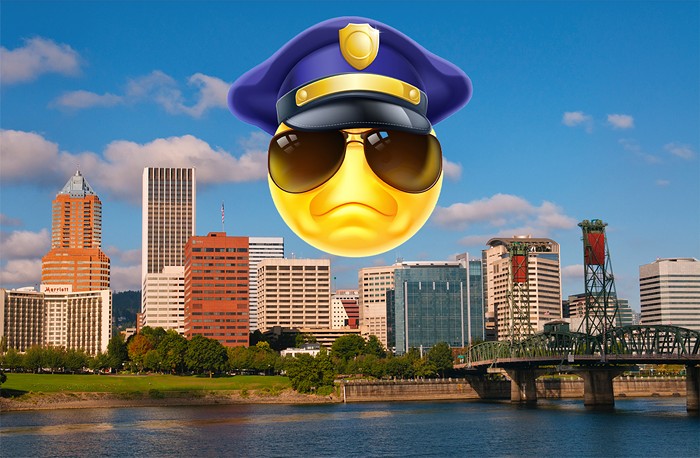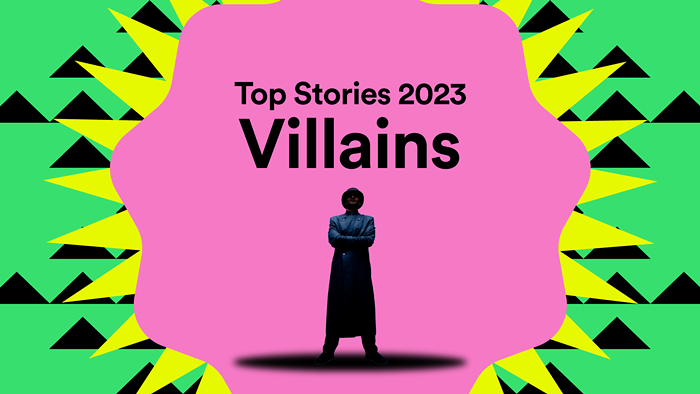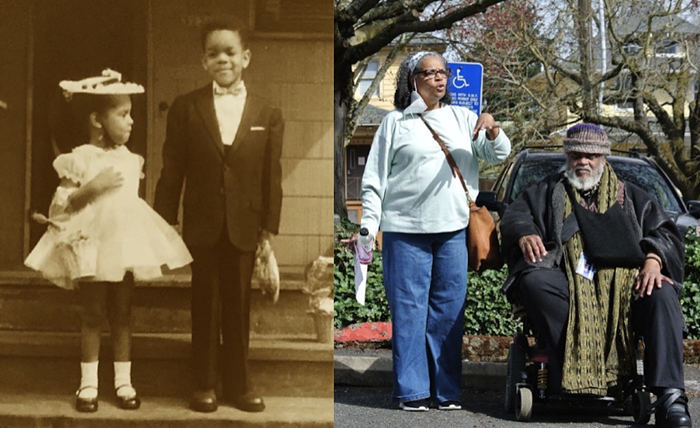In November, I attended the annual MJBizCon in Las Vegas. It’s the largest cannabis convention in the world, featuring 27,000 attendees from 70 countries, with 1,000 exhibitors, three days of speakers, break-out lunches, and afterparties. I didn’t visit all 1,000 booths or meet all 27,000 attendees, although “Hi, I’m Josh, that’s great, got a card?” probably passed my chapped lips close to 27,000 times over the three days.
Marijuana Business Daily put on a completely professional conference—any preconceived notions about what a cannabis event of this size might look like were shattered like a cheaply made bong hitting the floor. It was empowering to be in a shared space with tens of thousands of others who have made cannabis their (now) legitimate job.
The stereotypical dreadlocks-and-tie-dye set were outnumbered by carefully coiffed ’dos and business wear, and underscored how quickly the rapidly expanding legalization movement has changed the image of the industry. (For the record, I’m down with dreadlocks and tie-dye, but not socks with sandals, ever.) Hundreds of people congregated outside the Vegas Convention Center, and I ran into an edibles producer from Portland, who explained she wasn’t even there to attend the convention. She intended on connecting with attendees at the afterparties and whenever they stepped outside to take smoke breaks.
This regulated and (over)taxed industry differs considerably from its roots in medical marijuana programs and the unregulated marketplace. As with a lot of industries, the majority of faces I encountered were white and male, and many of those faces simply did not consume cannabis or had, at best, a rudimentary knowledge of it. Much as I would have reservations about a sommelier who doesn’t like wine or a tailor who wears Ed Hardy, I semi-expect those in the cannabis industry to partake or at least know something about the plant and its effects. I encountered plenty of perfectly nice professionals who were canna-ignorant and claimed to not use THC or CBD in any form. They did have a solid knowledge of banking and finance, and talked way above my head in terms of management of “big cannabis data.” But their disconnect from the plant itself was jarring.
There was also, strangely, a tremendous lack of weed among the people I met at the afterparties. Only once did someone offer any to share: a man with some pre-rolls dipped in his brand of BHO, yet the container had no mention of strain, THC content, or anything else—just his website. Having expected this, my custom road case was packed with a desktop vaporizer and some 15 strains of flower and ice hash, plus edibles, topicals, and CBD tincture from Oregon producers and processors. Pacific Wonderland, represent. (Thumps chest, coughs.)
Aided by my stash, I began to find some legitimately engaged canna professionals, and our conversations ranged from social consumption laws, to terpenes, to supporting women and POC in the industry. At one party, a handmade vaporizer designer from Connecticut filled his stylish rig with my hash, as we compared notes on the West Coast and East Coast industries. This kind of “networking”—with someone who had a grasp of cannabis’ nuances through actual experience—was far more valuable than connecting with someone who views cannabis solely as a commodity like pork or steel.
These encounters were a welcome relief from the convention’s tech bros rocking sunglasses on the backs of their heads—at night—and speaking at higher-than-necessary volumes about their “sick fucking next-level fully disrupting weed app.” With federal legalization coming ever closer, the commodification of cannabis is inevitable. That’s a good thing, basically—allowing for interstate cannabis sales, greater access for millions of medical cannabis users, and an uncaging of pot prisoners. Here’s hoping the architects of this industry actually enjoy the product in which they trade.














